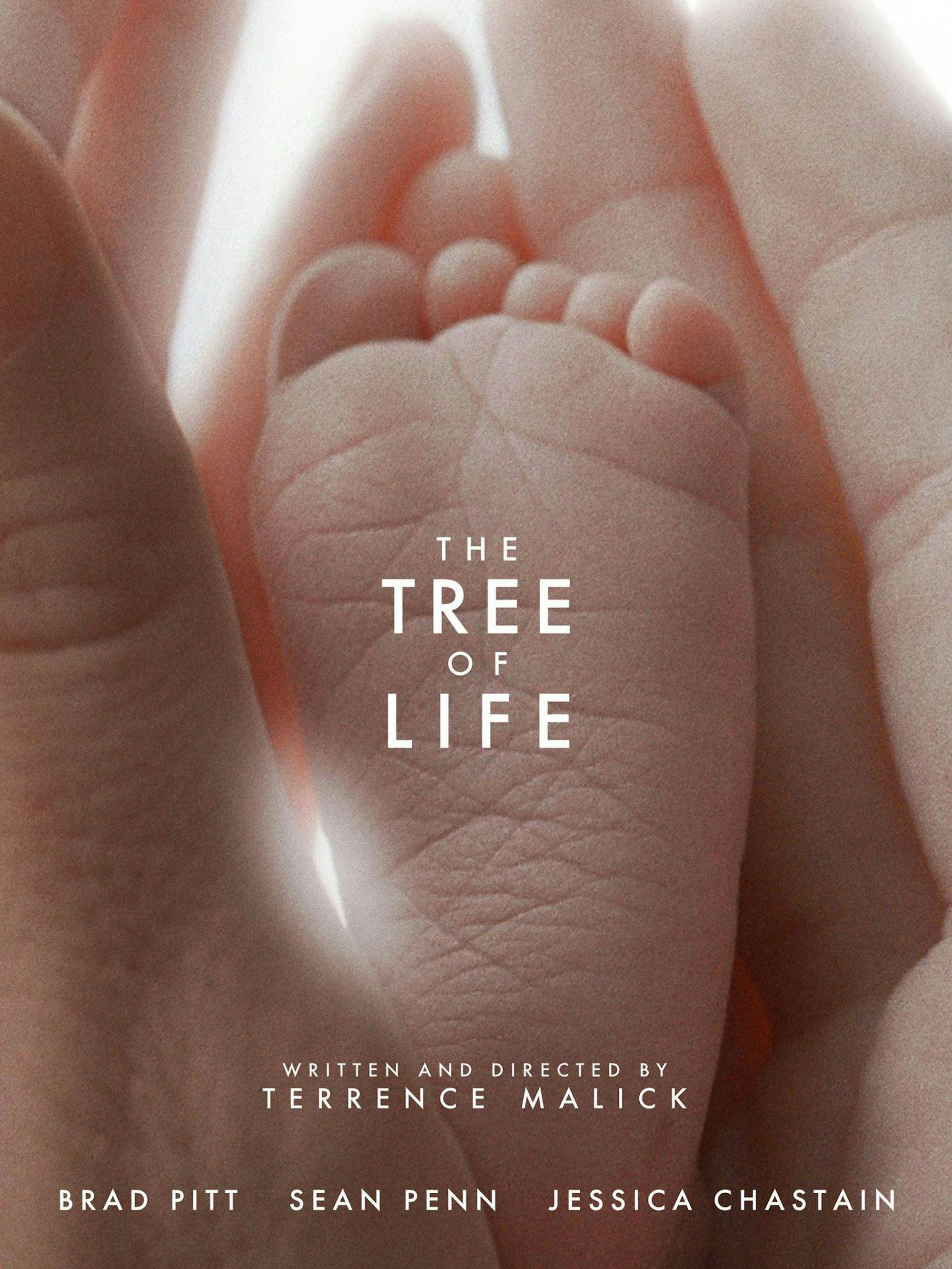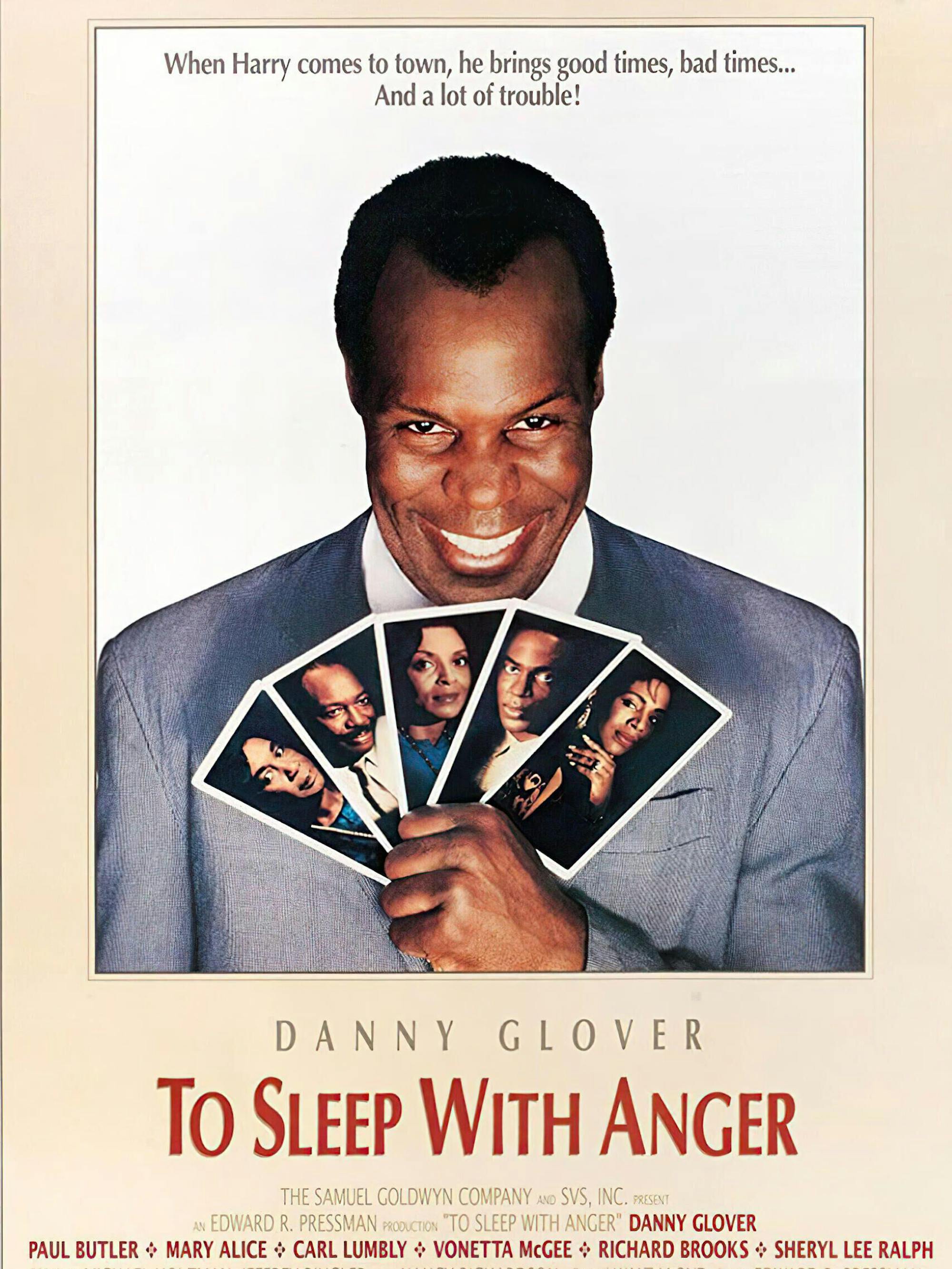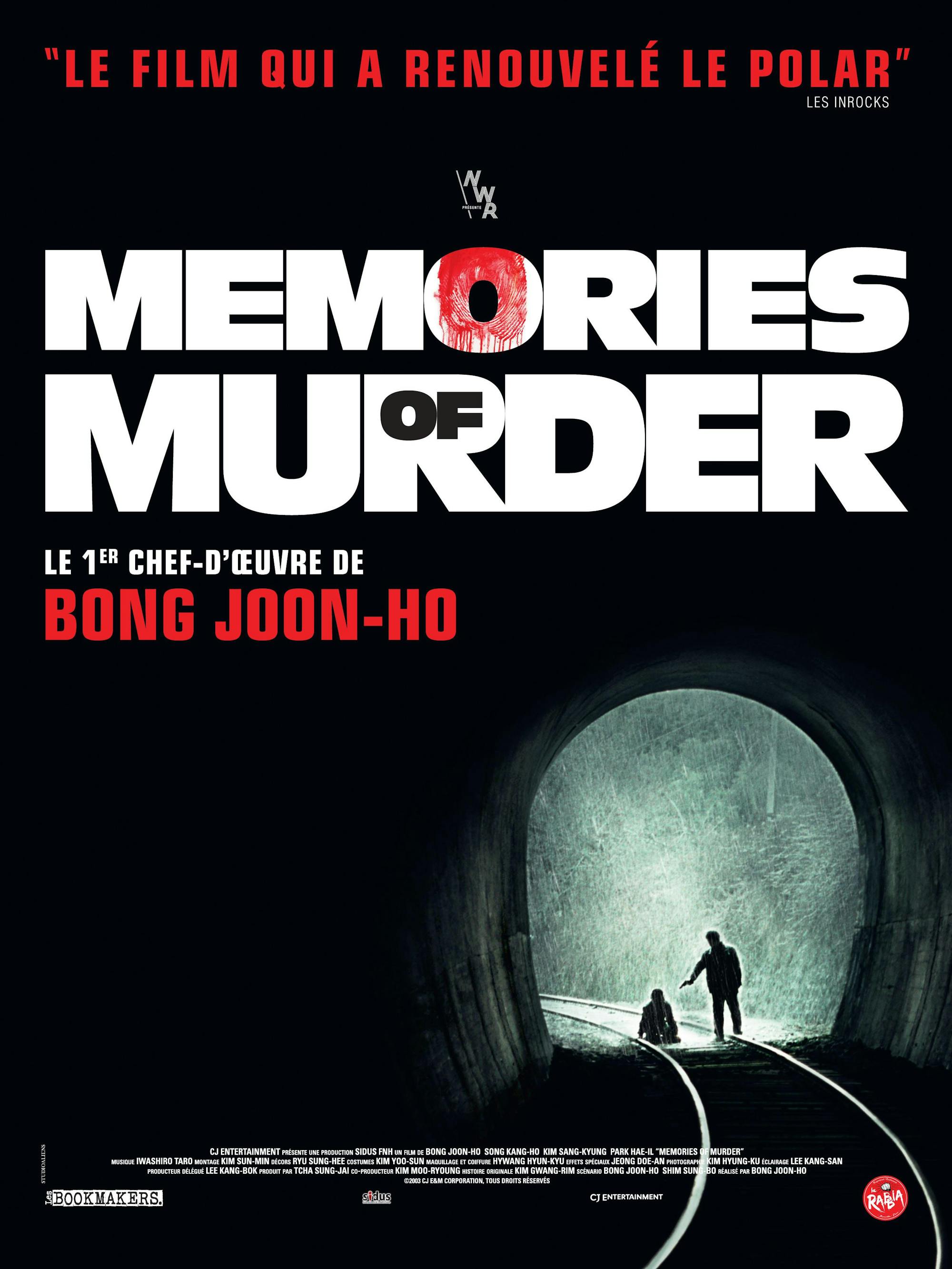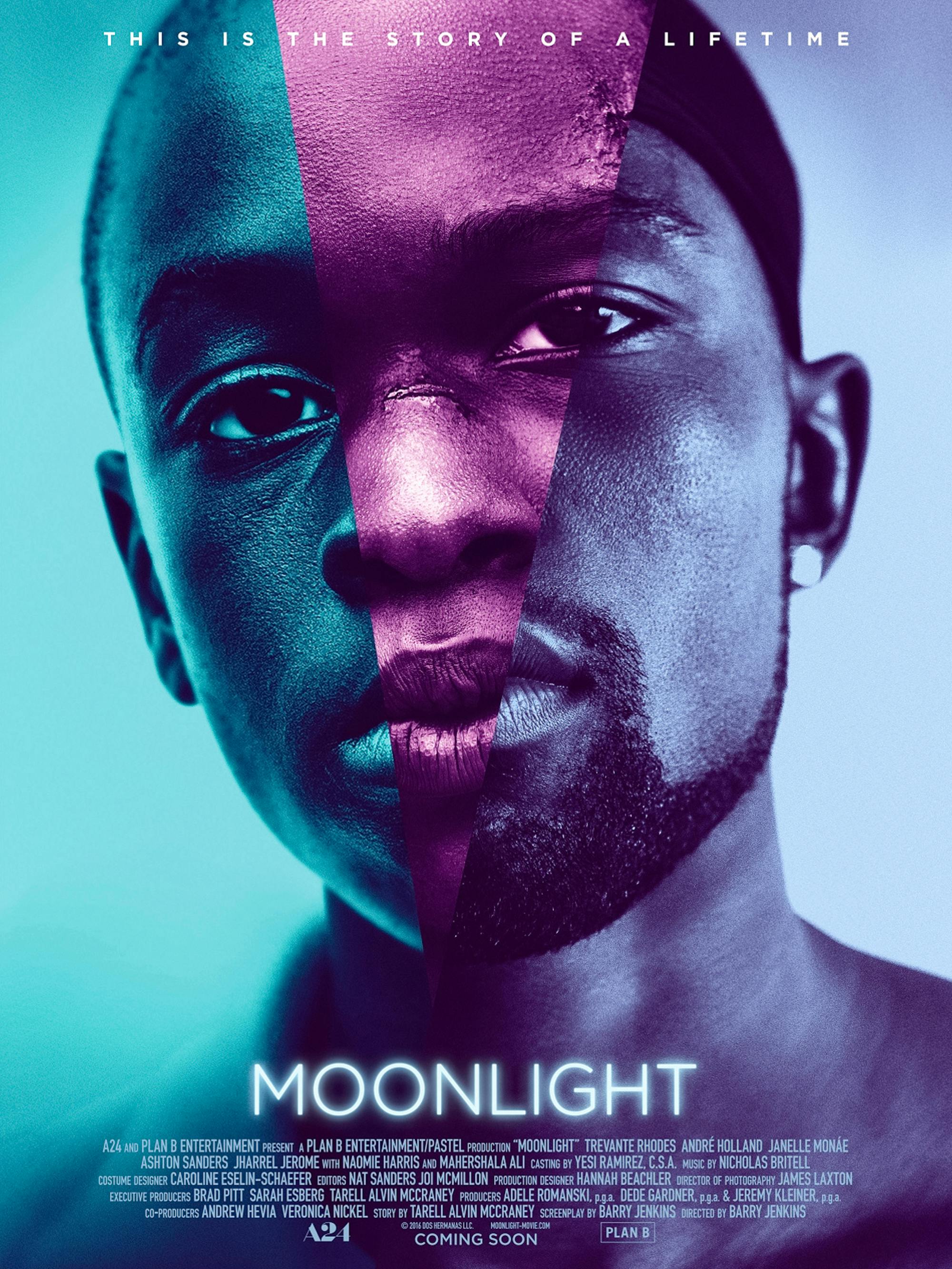The first-time director and long-time movie lover chooses four films that inspired his August Wilson adaptation, The Piano Lesson.
For Malcolm Washington, movies have always provided a way to make sense of the world around him. “I’m a 90s kid, so it was Blockbuster every weekend,” says the first-time director, recalling his fond memories of the now-defunct video store chain. “I grew up watching so many movies that that kind of developed my taste, how I communicate with the world, and how I express ideas in that language.” So when he set out to make his first movie, an electrifying adaptation of August Wilson’s storied play The Piano Lesson, he returned to the many years he spent on the other side of the screen — as an audience member. “I knew once I started working on this that I wanted to put it through that kind of prism and sphere of influence and that I [wanted] to deal in that language.”
The result is a gripping ghost story about how the past carries over into the present and future. Set in 1930s Pittsburgh, siblings Boy Willie and Berniece, played by John David Washington and Danielle Deadwyler, clash over a fraught family piano. While Berniece wants to treasure the heirloom, which cost their father his life and bears carved likenesses of their family members, Boy Willie wants to sell it to buy the land on which his ancestors were enslaved to secure future financial stability.
Likening the adaptation process to a cinematic “archeological expedition,” Washington weaves elements of contemporary horror (“You can’t understate what Jordan Peele is doing with horror and how important his contributions have been,” he notes) with visuals from the twentieth-century Southern Gothic tradition. Steeped in various genres and eras of moviemaking, what’s visually and narratively consistent is Washington’s deep love and extensive knowledge of film. “I’m the director, but this is made by a community of people to honor a community of people,” he says.
For a special series at the Paris Theater in New York City, Washington highlights four of the films from which he drew inspiration for The Piano Lesson.

THE TREE OF LIFE
Although Washington’s The Piano Lesson unravels over the course of a few days in 1930s Pittsburgh, the past and future weigh heavy on the film’s present moment. “Ultimately, we’re telling a story that spans space and time,” says Washington. “We’re talking past, present, and future at once and how all of these things interact at the same time.” No film explores the blink of one family’s lifetime within time and space as expansively as Terrence Malick’s 2011 The Tree of Life. The epic film, which stars Brad Pitt, Sean Penn, and Jessica Chastain in her breakout role and earned Malick an Oscar nomination, explores faith, grief, and community from the beginning of creation to the afterlife, with an everyday family in Texas at the eye of the storm. The Paris screening will open with a surprise short film selected by Malcolm.

TO SLEEP WITH ANGER
Washington cites independent director Charles Burnett’s entire filmography as a source of inspiration, but especially To Sleep with Anger. A departure from the naturalism of his first two films, To Sleep With Anger, like The Piano Lesson, probes a family’s upheaval when an unexpected visitor arrives at their doorstep. Danny Glover plays Harry, an enigmatic drifter whose return to the Gideons’ residence in South Central Los Angeles exposes the fissures threatening the foundation of their seemingly peaceful home — amplifying the tension of history and change between generations. “To Sleep with Anger deals with migration and how Black rituals and traditions are carried through people,” says Washington of Burnett’s work, which earned the director an honorary Academy Award. “That was a movie I was definitely looking at as I was crafting this story and dealing with these concepts [in The Piano Lesson.]”

MEMORIES OF MURDER
Bong Joon Ho’s second feature takes inspiration from what the three-time Oscar-winning director referred to as “the first real case of serial murder in Korea,” a smattering of seemingly connected crimes that rocked a rural South Korean community in the late 1980s. The film follows a local officer (Song Kang-ho) and seasoned Seoul detective (Kim Sung-kyung) as the investigation drives them to the existential brink. Because the perpetrator had not been identified at the time of Bong’s undertaking, the film goes beyond the procedural, painting a bleak portrait of the corruption and shortage of resources that enabled such violence under President Chun Doo-hwan’s military rule.

MOONLIGHT
PRECEDED BY UNTIL THE QUIET COMES
Barry Jenkins’s Moonlight, which took home the Best Picture Academy Award in 2017, is a breathtaking portrait of connection and growth during one man’s childhood, adolescence, and adult life. Just as Washington considers timeless questions about family lineage and legacy through a close study of a Pittsburgh neighborhood, Moonlight’s exploration of a Miami community becomes a universal meditation on self-discovery and the way that moments and people can shape us. The film, which features an ensemble including André Holland, Mahershala Ali, and Janelle Monáe, will be introduced by Kahlil Joseph’s short Until The Quiet Comes.




